Sick Sinus Syndrome (Sinus Node Dysfunction) disrupts heart rhythm, causing fatigue, dizziness, and fainting. Learn the main symptoms and treatments.
What are the main causes of Sick Sinus Syndrome (Sinus Node Dysfunction)?
- Age-related degeneration of the sinus node disrupts natural pacemaker function, weakening rhythm control and causing irregular electrical signaling in the heart.
- Scar tissue from prior surgeries or conditions damages sinus node cells, impairing impulse generation and leading to progressive rhythm abnormalities.
- Certain medications, especially beta blockers or calcium channel blockers, interfere with heart conduction, worsening sinus node dysfunction and arrhythmia risks.
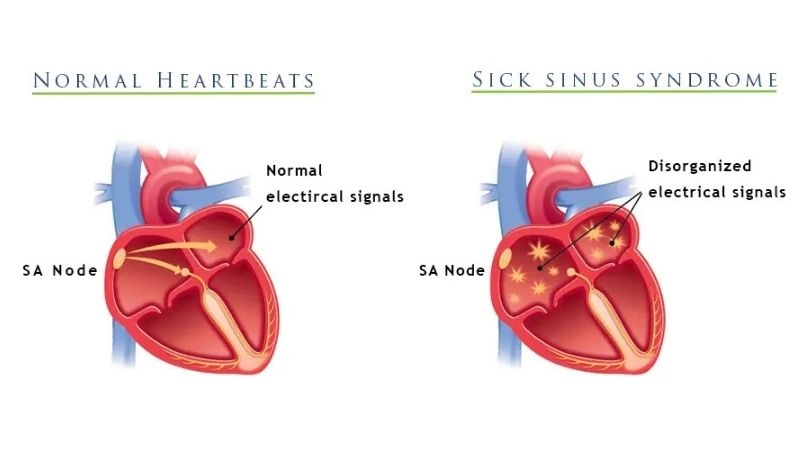
Sick sinus syndrome symptoms include dizziness fatigue and palpitations
>>> Discover more: Understanding tachycardia sinus tachycardia symptoms fast
Key symptoms of Sick Sinus Syndrome (Sinus Node Dysfunction) to watch for
- Persistent fatigue and weakness occur when the heart fails to sustain steady rhythm, reducing blood flow and oxygen delivery throughout the body.
- Dizziness or fainting arises as slow or irregular heartbeats restrict oxygen supply to the brain, increasing fall and accident risks.
- Palpitations or fluttering sensations result from sudden rhythm shifts, alerting patients to skipped beats or unexpected heart racing episodes.
How can you prevent Sick Sinus Syndrome (Sinus Node Dysfunction) effectively?
- Schedule regular cardiovascular checkups to detect early rhythm disturbances and address underlying heart conditions before they worsen.
- Avoid misuse of medications that slow heart rate, and always seek medical guidance before adjusting prescriptions.
- Adopt a heart-healthy lifestyle with balanced nutrition, exercise, controlled blood pressure, and avoidance of alcohol or tobacco.
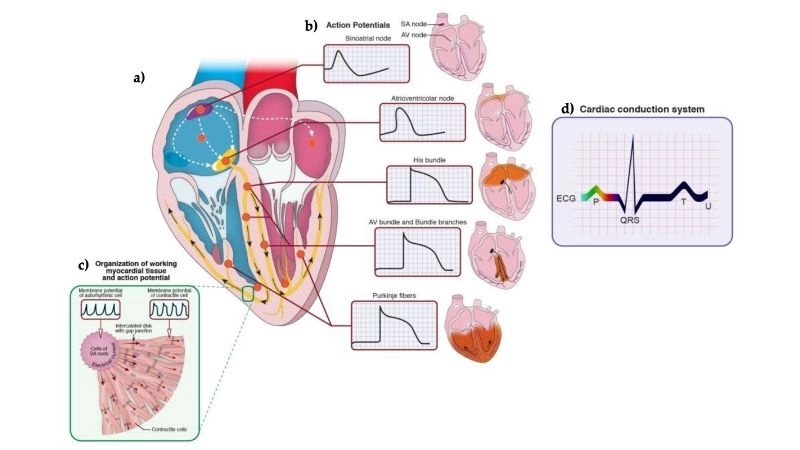
Sick sinus syndrome treatment restores proper heart rhythm and function
>>> Discover more: Bradycardia (Sinus Bradycardia) warning signs you must know
Images visual examples of Sick Sinus Syndrome (Sinus Node Dysfunction)
Sick Sinus Syndrome (Sinus Node Dysfunction) appears in ECG images as slow, fast, or irregular rhythms, clearly showing sinus node malfunction that explains the disorder’s symptoms.
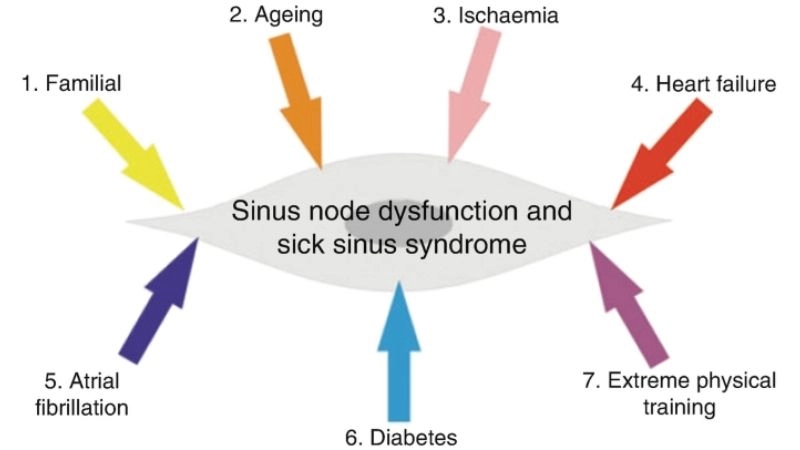

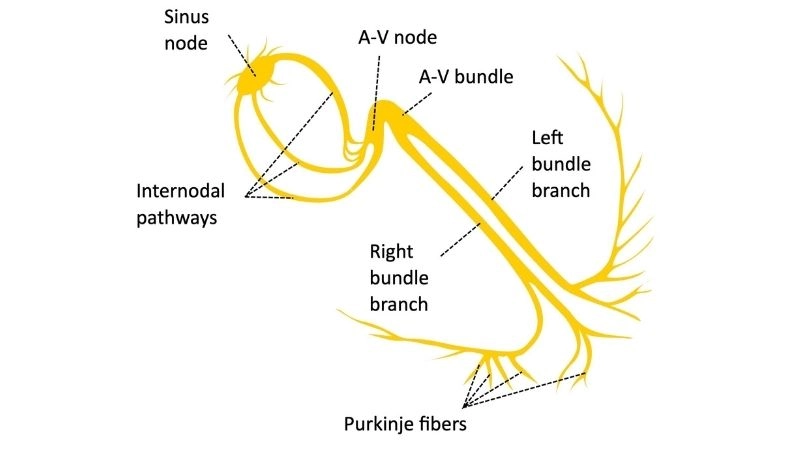


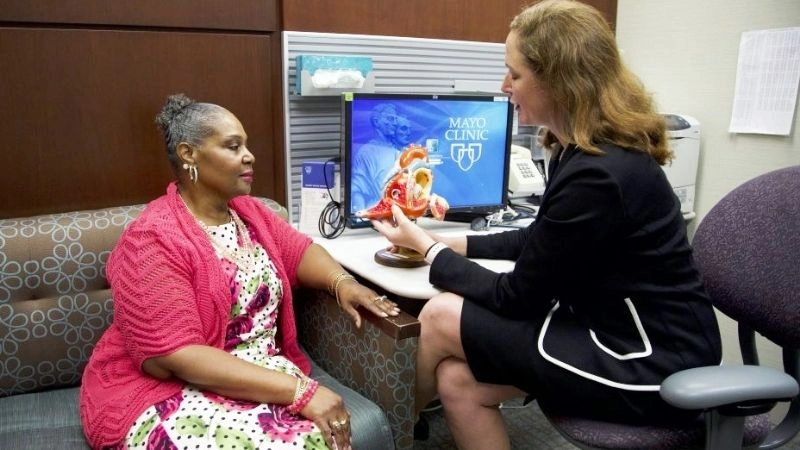
>>> Discover more: Common paroxysmal supraventricular tachycardia symptoms
Understanding Sick Sinus Syndrome (Sinus Node Dysfunction) helps manage symptoms and prevent complications. Early diagnosis improves patient quality of life.





